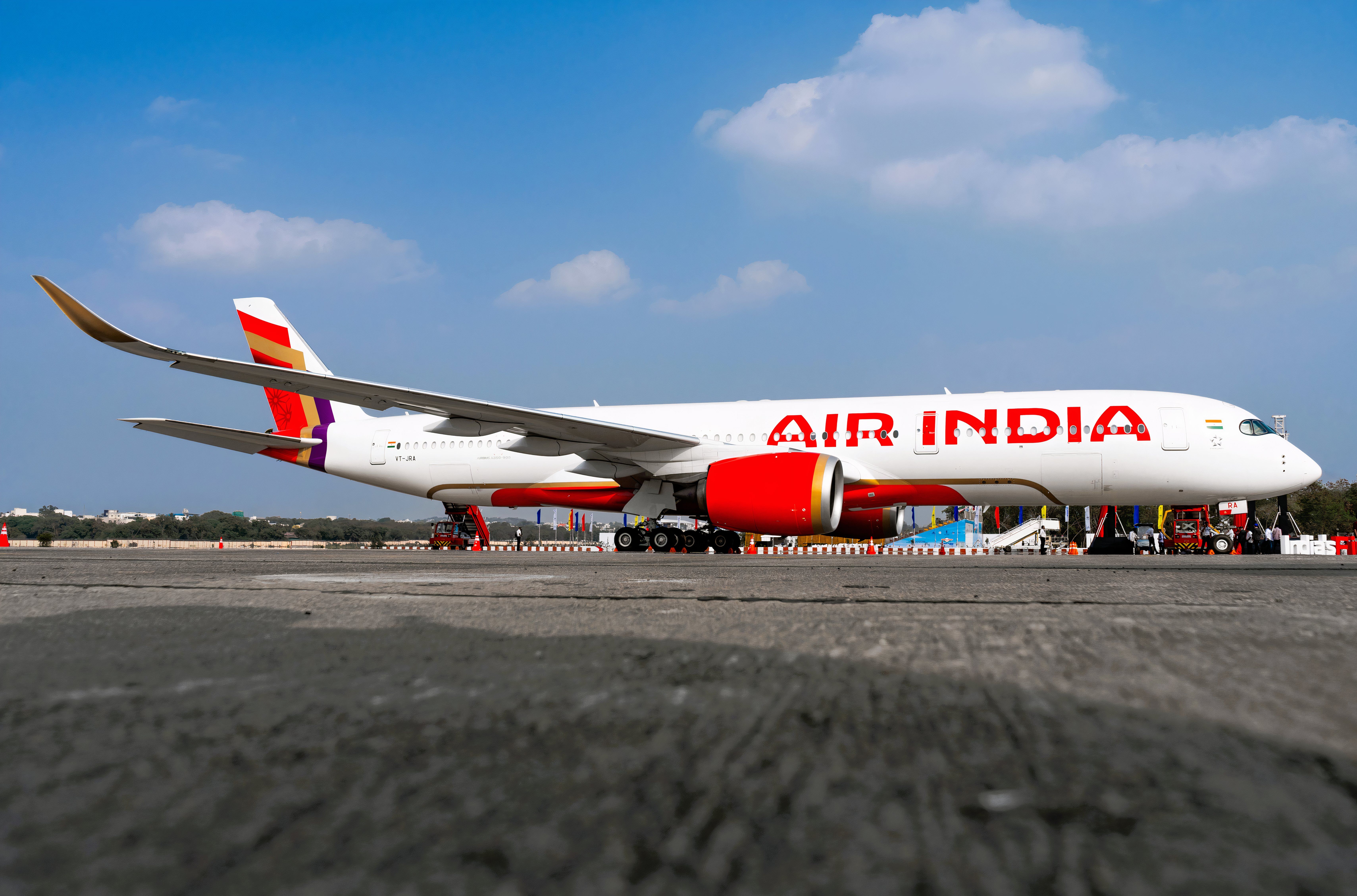
The landscape of air travel security is constantly evolving, and 2025 is no exception. The Transportation Security Administration (TSA) has rolled out a series of significant changes this year, impacting everything from what you can pack in your checked luggage to how you navigate security checkpoints. For frequent flyers and casual vacationers alike, understanding these updated regulations is paramount to avoiding frustrating delays, potential fines, and even the confiscation of your belongings. We’re here to cut through the noise and provide the clear, direct information you need to pack smart and travel stress-free.
Gone are the days when a quick mental checklist sufficed. The new rules delve into specifics that many travelers might find surprising, particularly concerning personal electronics, common household items, and even certain types of luggage. These adjustments are part of a broader effort to enhance air travel safety, targeting hazardous materials that, while seemingly innocuous, pose considerable risks under flight conditions such as vibrations, pressure changes, and temperature variations. This isn’t just about getting through security on time; it’s about contributing to the safety of everyone on board.
In this in-depth guide, we’re diving deep into the most critical updates to TSA’s packing ban list for 2025. We’ll uncover what’s now strictly off-limits, what has new restrictions, and provide actionable advice to help you navigate these changes seamlessly. Get ready to rethink your packing strategy, because the new TSA rules have arrived, and understanding them is your first-class ticket to a smoother journey.
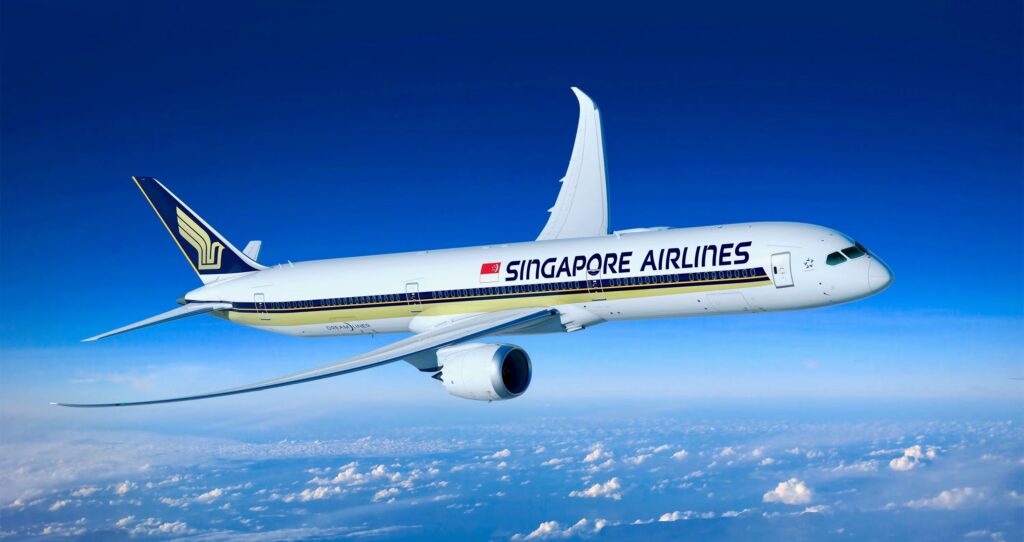
1. **Cordless Hair Tools: The Unexpected Ban in Checked Bags**Do you rely on cordless hair devices for your routine, whether it’s a trusty curling iron or a sleek flatiron? If so, you’ll need to pay close attention to one of the most surprising new bans introduced by the TSA in 2025. These convenient styling tools, often powered by gas cartridges or butane, are now strictly prohibited from checked luggage. It’s a significant change that could catch many travelers off guard.
The reason behind this new restriction is rooted in safety concerns. Many cordless hair tools contain hazardous materials like gas cartridges and butane, which are explicitly banned by the TSA for checked bags. The Federal Aviation Administration (FAA) has specifically identified “cordless curling irons or flatirons containing gas cartridges,” “butane-fueled curling irons or flat irons,” and “gas refills (spare cartridges) for curling irons or flat irons” as forbidden in checked luggage. These components can produce sparks or excessive heat, posing a potential danger on board an aircraft.
The good news is that these items aren’t entirely banned from air travel. If your cordless hair tools have safety covers designed to prevent accidental activation, you are permitted to pack them in your carry-on bags. This critical distinction means you can still bring your favorite styling tools, but you’ll need to adjust where you pack them. Hair tools with traditional cords, thankfully, are still allowed in both checked and carry-on bags without these specific restrictions, offering a simple alternative if you’re uncomfortable with the carry-on rule for cordless versions.
However, the TSA is clear on the consequences: if these banned cordless hair tools are discovered in your checked baggage, they will be confiscated. This is not a situation you want to find yourself in, as it can lead to unnecessary delays at the airport and the permanent loss of your expensive styling equipment. The safest approach is to either leave them at home, ensure they are in your carry-on with safety covers, or opt for corded alternatives when traveling to avoid any issues at the checkpoint. Always prioritize understanding these nuanced rules to prevent any last-minute packing dilemmas.

2. **Portable Batteries and Power Banks: Your Carry-On is Their Only Home**Another crucial update for 2025, particularly impacting tech-savvy travelers, is the strict ban on portable chargers and power banks containing lithium-ion batteries from checked luggage. Just as the TSA began mandating Real ID for security checks, this significant change was rolled out, reinforcing the administration’s focus on mitigating potential fire hazards associated with these powerful batteries. This rule applies to a wide array of devices and external battery chargers that contain lithium-ion batteries.
The primary concern here is the inherent fire risk posed by lithium batteries. These batteries are susceptible to overheating and creating sparks, especially if they are damaged or improperly stored. Inside the cargo hold, which is not easily accessible during flight, a fire involving a lithium battery could have severe consequences. This is why the Federal Aviation Administration’s latest guidance explicitly states that “External chargers can only be packed in carry-on bags and kept inside the aircraft cabin.”
The scope of this ban is quite broad, encompassing nearly all forms of external power sources that rely on lithium-ion technology. This includes familiar items like power banks, cell phone battery charging cases, and portable rechargers. Even spare rechargeable and non-rechargeable lithium batteries for various electronics, as well as standalone cell phone and laptop batteries, fall under this carry-on-only mandate. Essentially, if it’s a battery designed to power other devices externally, it belongs in your carry-on.
This isn’t just a recommendation; it’s a mandatory security regulation designed for passenger safety. Forgetting this rule can lead to your checked bag being pulled for inspection, the confiscation of your portable power devices, and significant delays. To ensure a smooth journey, always double-check that all your power banks, spare batteries, and charging cases are securely packed within your carry-on luggage. This simple yet critical step can save you a lot of hassle and contribute to a safer flight for everyone.
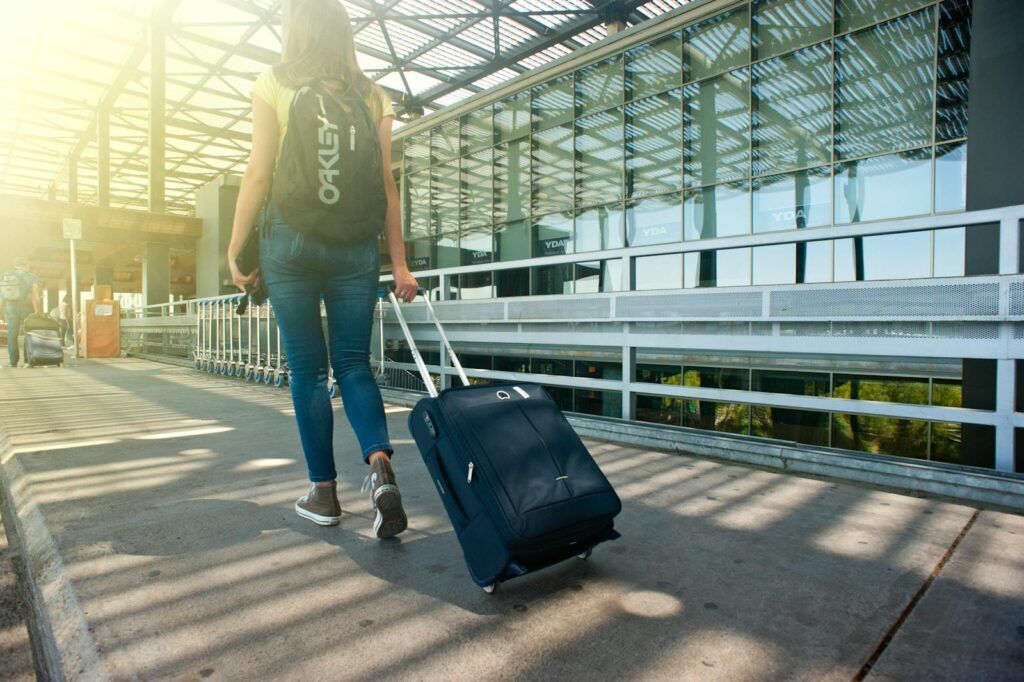
3. **Smart Luggage: A Battery Rule That Could Strand Your Bag**Smart luggage, with its array of convenient features like built-in chargers, GPS tracking, and even remote locking, has become a popular choice for modern travelers. However, the TSA has introduced a critical stipulation for 2025 that directly impacts these high-tech bags: they are only allowed if their lithium-ion batteries are *removable*. This seemingly minor detail can make a world of difference between a smooth check-in and having to abandon your smart suitcase at the airport.
The reasoning mirrors that of portable power banks: lithium-ion batteries, when integrated into luggage, pose a fire hazard if they cannot be easily accessed and removed. If these batteries are permanently installed and cannot be detached, they are strictly prohibited in both checked and carry-on bags. This means that if your smart luggage has a non-removable battery, it simply won’t be allowed past security, regardless of whether you intend to check it or carry it on board.
This rule is a proactive measure to manage the risks associated with lithium battery fires. In the event of an overheating incident, a removable battery can be quickly taken out, allowing for safer handling. Without this capability, the entire bag becomes a potential hazard that the airline and TSA are unwilling to transport. This regulation places the onus squarely on travelers to ensure their smart luggage complies before heading to the airport.
A crucial pro tip for smart luggage owners: before you even leave for the airport, double-check your bag’s specifications. If your battery is designed to be removable, make sure you detach it and carry it with you in the cabin as a standalone item. This simple action can prevent the frustrating scenario of being forced to purchase a new suitcase at the airport or having to check your valuable smart luggage without its power source. Stay informed and prepare your smart luggage correctly to avoid any unexpected travel headaches.
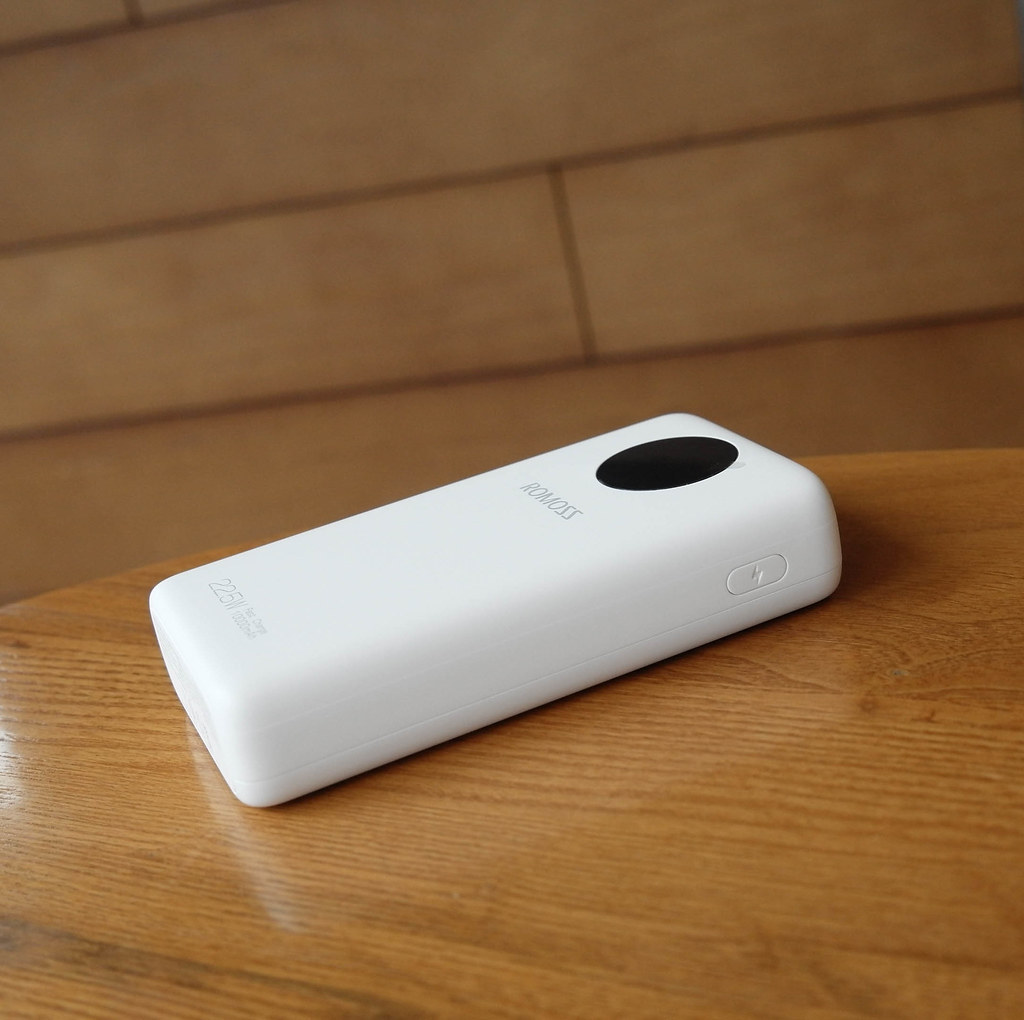
4. **Drones and Their Lithium Batteries: Packing for the Skies**For hobbyists and professional aerial photographers, traveling with drones is an increasingly common occurrence. While the TSA generally permits drones in both checked and carry-on luggage, there’s a critical distinction to be aware of for 2025, specifically concerning their lithium-ion batteries. This rule aligns with the broader push to manage the risks associated with these powerful energy sources.
The fundamental regulation states that while you can pack your drone itself in checked luggage, any standalone lithium-ion batteries designed to power it *must* be carried in your carry-on bag. This is not a suggestion but a firm requirement. The reason, again, harks back to the fire risk: lithium batteries are more prone to thermal runaway (overheating and catching fire) in the unpressurized and less monitored environment of the cargo hold. By keeping them in the cabin, any potential issues can be more readily addressed by flight attendants.
Furthermore, some airlines may have additional specific requirements for drone batteries. For instance, some might require batteries to be below a certain charge level (e.g., 30%) before being brought on board. It’s always a smart move to verify your specific airline’s policy in addition to general TSA guidelines, as airline rules can sometimes be more stringent than federal regulations. This extra step can prevent last-minute complications at the gate.
Beyond the battery placement, there are a couple of extra tips for drone travelers. It’s recommended to tape over the battery terminals to prevent accidental short-circuiting during transit. Also, ensure your drone’s GPS is turned off or that it’s switched to flight mode to avoid any potential interference with aircraft systems. By understanding and adhering to these precise rules for drones and their batteries, you can ensure your valuable equipment travels safely and that you avoid any security delays or issues with your airline.

5. **Explosives and Fireworks: A Zero-Tolerance Policy Across the Board**While it might seem inherently obvious, the TSA consistently reinforces that explosives and fireworks are absolutely, unequivocally banned from all luggage—both checked and carry-on. This is a non-negotiable safety regulation with zero exceptions, and it’s a critical reminder, especially during periods like summer travel or the holidays when these items might be readily available or associated with celebrations. The risk they pose to air travel safety is simply too immense.
This ban encompasses a wide range of items: “firecrackers, sparklers, novelty explosives, or even tiny poppers.” Essentially, “If it has a fuse or can ignite, leave it at home.” The airport might feel like an odd place to need to emphasize this, but the unique environment of an aircraft, particularly the cargo hold’s pressurized conditions, can transform these seemingly small or recreational items into severe threats. Even a seemingly harmless sparkler can create a significant risk of ignition or explosion, endangering everyone on board.
The consequences of attempting to bring any form of explosive through security are severe. Beyond immediate confiscation and significant delays, travelers can face substantial civil fines and even criminal charges. Security checkpoints are equipped with advanced technology designed to detect such materials, making any attempt to sneak them through highly unlikely to succeed. The emphasis on this ban is not just about preventing intentional threats but also about educating travelers on the dangers of items they might not perceive as truly dangerous.
The message from the TSA is crystal clear: for the safety of all passengers and crew, no item that can ignite, explode, or be used to create an explosive device is permitted on an airplane. This includes homemade devices, commercial fireworks, or any component that could be assembled into an explosive. Always err on the side of extreme caution when it comes to potentially flammable or explosive materials; the safest and only acceptable option is to leave them far away from the airport.

6. **Pressurized Containers: Hidden Hazards in Your Checked Luggage**Many everyday items, commonly found in our homes, can become significant hazards when subjected to the unique conditions of air travel, especially inside checked luggage. The TSA has a strict stance on “pressurized containers,” explicitly banning them from the cargo hold due to the inherent risks they pose. This is a category that often surprises travelers, as it includes items many might consider harmless.
The Federal Aviation Administration (FAA) and TSA prohibit items like “whipped cream canisters, propane tanks, CO2 cartridges, scuba tanks, spray paint, and bear repellents” from checked luggage. The fundamental reason is that changes in air pressure and temperature during flight can cause these containers to expand, rupture, or even explode. A breach in a pressurized container in the cargo hold could lead to a dangerous situation, including fires or toxic releases, far from the reach of the cabin crew.
Travelers frequently get caught unaware by this regulation because they don’t associate these items with “dangerous goods.” For instance, a small camping propane tank or a canister of spray paint might seem innocent enough for a checked bag, especially if packed carefully. However, the internal pressure of these items makes them inherently unsafe for air transport in unpressurized cargo holds. The TSA is very strict on these items, underscoring the serious nature of the potential threat.
If your travel plans involve activities requiring such pressurized items, like camping or scuba diving, the most responsible and hassle-free approach is to rent or purchase them at your destination. This strategy completely bypasses any potential TSA issues and ensures you avoid the drama of having your luggage pulled for inspection or your items confiscated. Always consider the pressurization factor when packing, and if an item is under pressure, assume it’s best left out of your checked bag unless explicitly stated otherwise by official TSA guidelines.
Navigating air travel security can often feel like a complex puzzle, especially with the ever-evolving rules and regulations. While we’ve already covered some of the unexpected bans on personal electronics and everyday items, the journey through TSA checkpoints involves understanding a deeper layer of security protocols. This next section dives into essential rules concerning potentially dangerous items, liquids, and critical personal supplies, ensuring you’re fully equipped to handle whatever the security line throws your way in 2025.
From firearms to sharp objects and even your essential medications, knowing the specifics of what’s allowed, restricted, or outright banned can prevent significant delays and ensure your belongings make it to your destination with you. We’re breaking down these critical categories with clear, actionable advice, helping you prepare for a truly stress-free travel experience.
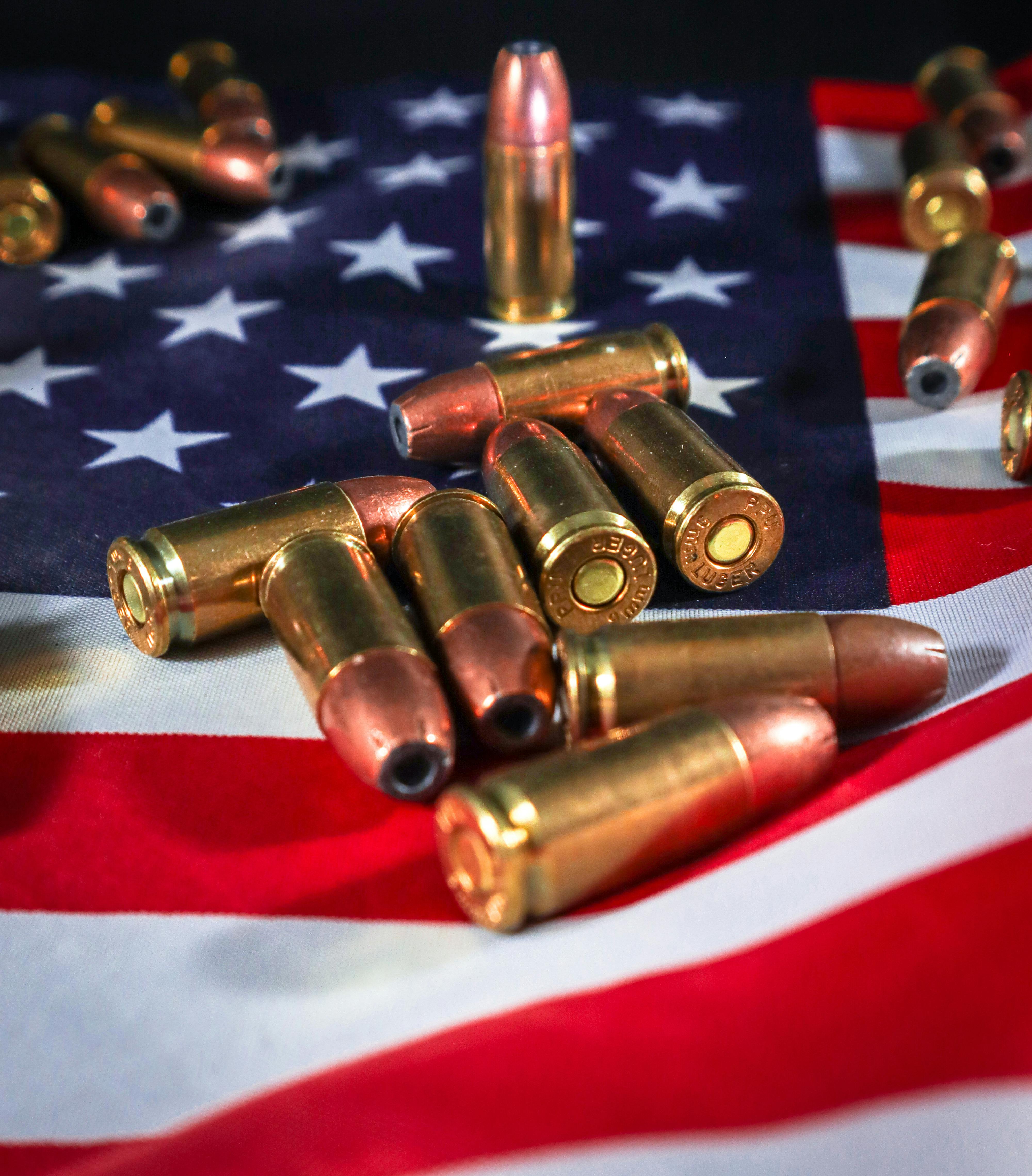
7. **Firearms & Ammunition: Strictly Controlled for Safety**The presence of firearms and ammunition on an aircraft is, understandably, subject to some of the strictest regulations. To be unequivocally clear, all guns, rifles, pistols, and ammunition are absolutely forbidden in carry-on bags. This is a non-negotiable rule designed to maintain the highest level of safety within the aircraft cabin, and attempting to circumvent it will lead to severe consequences.
However, for those who must travel with firearms, there’s a specific process to follow. Unloaded firearms and ammunition are permitted in checked bags, but only if they are stored in a locked, hard-sided case. Beyond proper packing, it is mandatory to declare these items to your airline at check-in. Failure to follow these precise steps can result in immediate confiscation and potential legal repercussions.
Regarding ammunition, the rules specify that it must be up to .75 caliber or .410 shotgun, and it may be packed in the same case as the firearm. Travelers need to be meticulous in their adherence to these guidelines, as airline rules can sometimes add additional layers of requirements. Always prioritize checking with your specific airline in advance to confirm their policies alongside federal regulations, as this extra step can save you considerable hassle.

8. **Sharp & Pointed Items: Where to Pack Your Tools and Utensils**The TSA maintains a clear stance on sharp and pointed objects, largely banning them from carry-on luggage to prevent any potential threats within the confined space of an aircraft cabin. This includes a broad range of items that might seem innocuous in everyday life but are classified as dangerous goods during air travel.
Specifically, items such as knives of any length, including hunting, survival, and kitchen knives, as well as box cutters, swords, daggers, ice axes, darts, and even hobby knives and metal razor blades, are strictly prohibited in carry-on bags. This comprehensive ban is in place to ensure that no item that could potentially be used as a weapon makes its way into the passenger cabin.
While these items are generally banned from carry-ons, many can be transported safely in checked luggage. When packing sharp objects in your checked bags, they must be properly sheathed or securely wrapped to protect baggage handlers from accidental injury. The TSA advises using blade guards or sleeves for any such items to ensure the safety of those handling your luggage.
There are a few notable exceptions to the sharp object rule for carry-ons. Scissors are allowed in carry-on bags only if their blades are shorter than four inches. Additionally, plastic or round-edged utensils, like blunt butter knives, are generally permitted. Understanding these distinctions is key to packing appropriately and avoiding the frustration of having items confiscated at the security checkpoint.

9. **Liquids, Aerosols & Gels: The Persistent 3-1-1 Rule and Beyond**Even as some security policies have evolved, one rule has steadfastly remained a cornerstone of carry-on baggage screening: the 3-1-1 rule for liquids, aerosols, and gels. This regulation is crucial for maintaining aviation security and is a fundamental aspect of your carry-on packing strategy for 2025.
To comply with the 3-1-1 rule, each liquid container must be 3.4 ounces (100 milliliters) or less. All these containers must then fit comfortably within a single, clear, quart-sized bag. This consolidated approach allows TSA officers to easily inspect liquid items without extensive rummaging, streamlining the security process while upholding safety standards.
But why does this seemingly restrictive rule remain in place? The TSA has clarified that the reason is rooted in the threat of explosives in liquid form, which can be cunningly disguised as everyday products. Aviation security experts often caution that the necessary technology for reliably scanning larger quantities of liquids is not yet universally deployed across all airports, making the 3-1-1 rule an essential safeguard against potential threats.
While larger bottles of shampoo, beverages, gels, and creams can be packed in your checked baggage without the 3.4-ounce limit, certain aerosols remain entirely prohibited. This includes items like spray paint, bear spray, and other highly flammable or dangerous aerosols. The ban on these items is across the board, in both carry-on and checked luggage, emphasizing the serious risks they pose under flight conditions.
It’s worth noting that exceptions exist for medically necessary liquids, such as prescription medications, and baby formula, which are generally allowed in quantities larger than 3.4 ounces. However, travelers should be prepared to declare these items to a TSA officer for additional screening, ensuring compliance while accommodating essential needs.
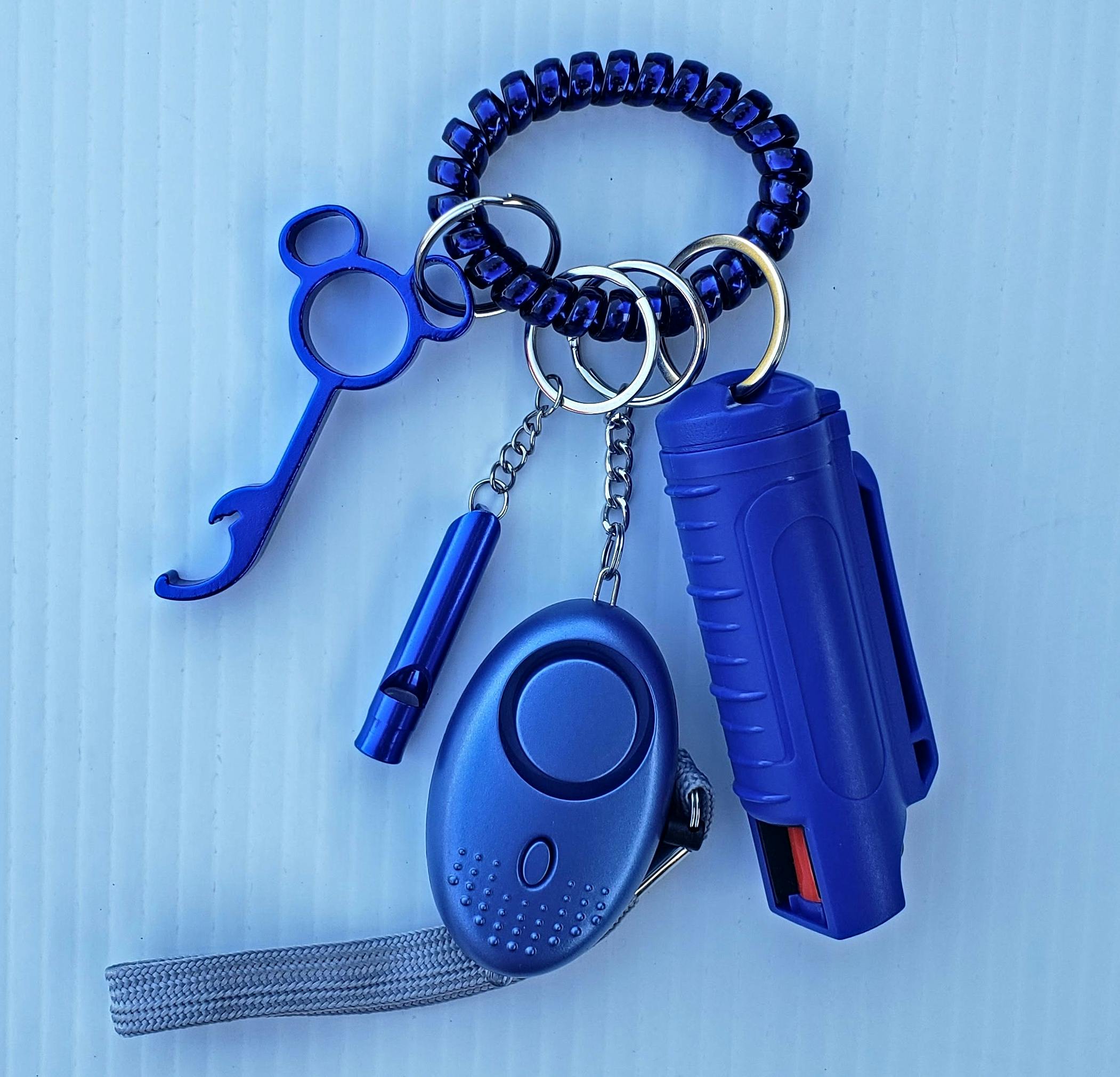
10. **Self-Defense Sprays and Other Weapons: Navigating Personal Protection**When it comes to items designed for self-defense, TSA regulations are very specific, drawing a clear line between what’s permissible and what’s strictly prohibited on an aircraft. Understanding these distinctions is critical, as personal safety tools can easily trigger security alerts if packed incorrectly.
Pepper spray and mace are not allowed in carry-on bags under any circumstances. The pressurized nature and chemical composition of these sprays classify them as dangerous goods when in the cabin. This ban is consistent with the general prohibition against aerosols that could pose a risk to passengers or crew during flight.
However, you may pack one container of pepper spray or mace in checked baggage, provided it meets specific criteria. The container must be 4 fluid ounces (118 milliliters) or less, and it absolutely must have a safety mechanism to prevent accidental discharge. It’s also important to note that sprays containing more than two percent tear gas are prohibited even in checked luggage, so checking the product label is essential.
Beyond sprays, other self-defense weapons like tasers, stun guns, and brass knuckles are generally banned from carry-on bags and are often prohibited from checked luggage as well. The TSA is particularly vigilant about any item that could be weaponized, even those not explicitly listed. Any “dual-use” item, like a credit-card knife, is subject to the TSA officer’s discretion to forbid, making it wise to err on the side of caution.
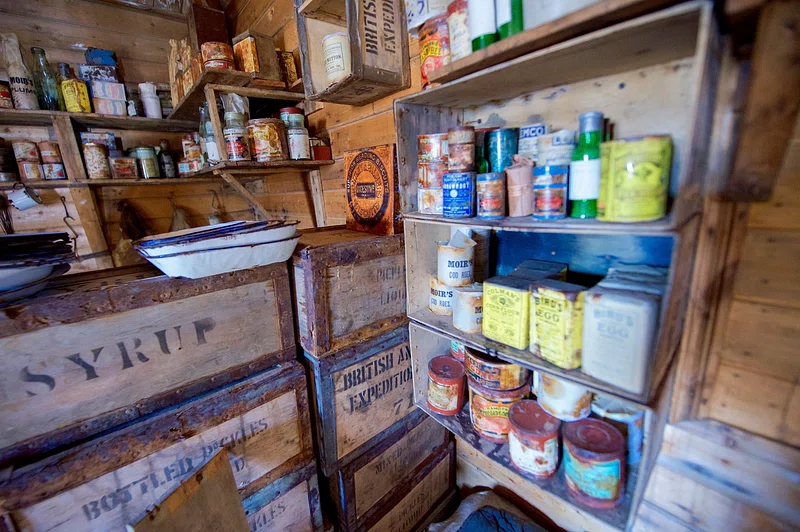
11. **Dry Ice: Keeping Your Perishables Perfectly Chilled**For travelers needing to transport frozen food, delicate medications, or other temperature-sensitive items, dry ice can be an invaluable companion. The good news is that dry ice is permitted in checked baggage, but not without strict limits and specific packaging requirements that travelers must adhere to for safety and compliance.
You are allowed to bring up to 5.5 pounds (2.5 kilograms) of dry ice in your checked luggage. This amount is sufficient for most personal needs without posing an undue risk. However, the critical condition is that the dry ice must be packed in a ventilated container. This ventilation is essential to allow the carbon dioxide gas, which is released as the dry ice sublimates, to escape safely, preventing dangerous pressure buildup within your luggage or the aircraft cargo hold.
In addition to ventilation, the container must be clearly labeled as containing dry ice. This label alerts baggage handlers and airline personnel to the contents, allowing them to handle your bag appropriately. It’s also worth noting that while TSA sets the general guidelines, individual airlines may have their own specific rules or require prior notification for traveling with dry ice, so always verify with your carrier.
If you are carrying medical supplies that necessitate dry ice, be prepared to inform the check-in staff and have any necessary documentation, such as a doctor’s note, readily available. Proper declaration and adherence to packaging requirements are paramount to ensuring your items remain frozen and your journey remains smooth and free of security snags.
Read more about: Your Wallet & Taste Buds Will Thank You: 14 Convenience Store Foods Shoppers Are Calling ‘Unappetizing’ and ‘Overpriced’

12. **Medications: Your Essential Health Companions**When packing for a trip, few items are as critical as your medications. While the TSA technically permits medications in both carry-on and checked luggage, the recommendation from travel experts and the TSA itself is overwhelmingly clear: always keep your prescriptions and essential medications in your carry-on bag. This advice is rooted in practicality and patient safety.
The primary reason for this strong recommendation is the inherent risk of lost or delayed luggage. Imagine being in a different city or country without access to critical, life-sustaining medications because your checked bag went missing. This scenario can quickly escalate from an inconvenience to a dangerous health emergency, underscoring why vital medications should always remain close at hand.
For liquid medications that exceed the standard 3.4-ounce carry-on limit, rest assured that the TSA allows for exceptions for medical needs. You are permitted to bring larger quantities; however, you must declare these items to security officers for additional screening. To facilitate this process, it’s highly advisable to carry a copy of your prescription or a doctor’s note, especially for international travel, as some countries have stricter requirements for certain medications.
Moreover, keeping medications in their original, labeled containers can help expedite the screening process and avoid any misunderstandings regarding their purpose. By meticulously planning how you pack your medications and adhering to these guidelines, you ensure continuous access to your health essentials, contributing significantly to a stress-free and healthy travel experience.
With TSA continuously refining its rules and security protocols, staying informed is your best defense against unexpected travel headaches. The landscape of air travel safety is designed to protect everyone on board, and by understanding these comprehensive regulations, you become an active participant in that mission. From the smallest battery to the most critical medication, every item in your luggage has a place and a rule.
So, as you prepare for your next adventure in 2025, remember that a little foresight in packing goes a long way. Double-check those bags, consult the official TSA resources when in doubt, and embrace the peace of mind that comes with knowing you’re ready for a smooth journey from curb to gate and beyond. Safe travels, and may your next flight be as seamless as your perfectly packed bag!”
, “_words_section2”: “1777



